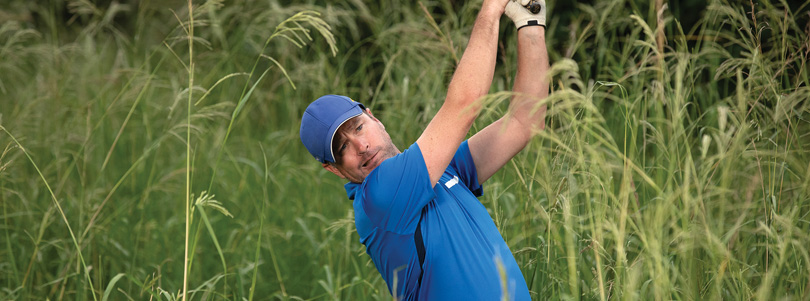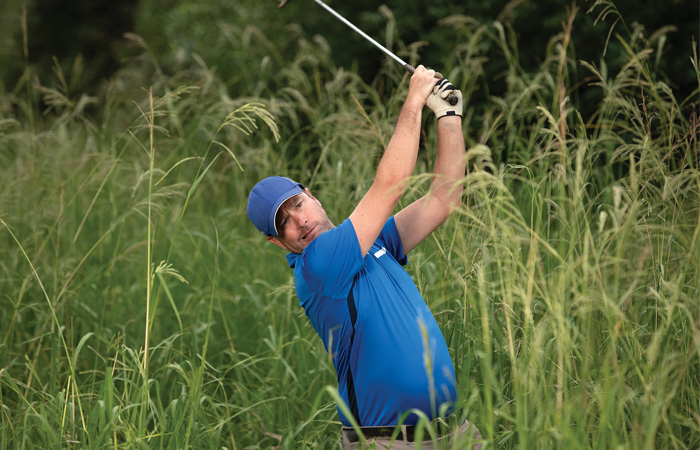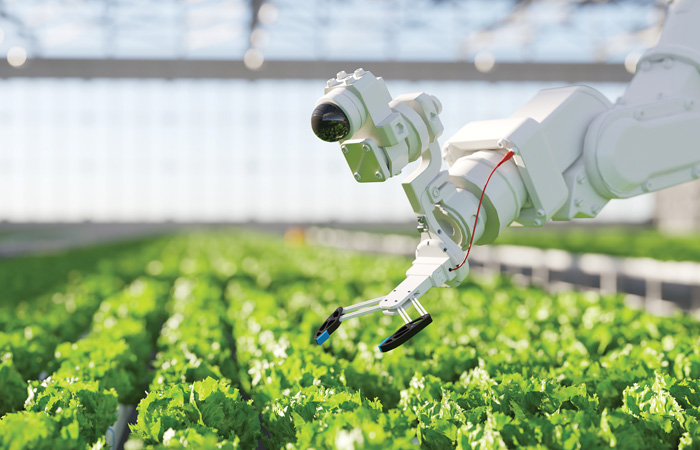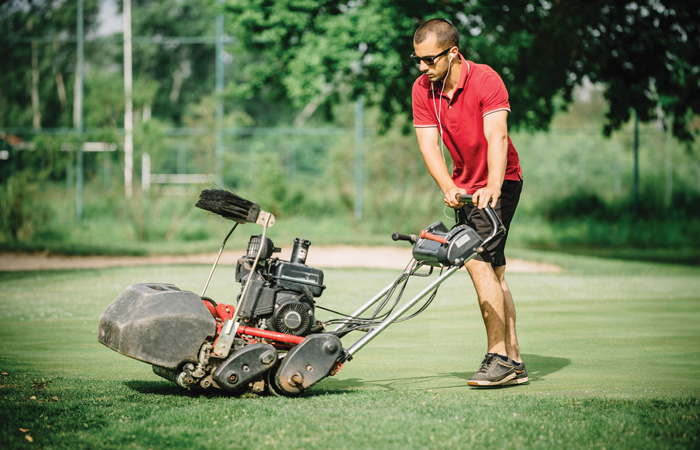Ask the Superintendent – Golf Course Maintenance

Welcome, avid golfers, to the August edition of Ask the Superintendent. It is customary this time of the year that I share tips and facts about working and playing in the heat, and I certainly want everyone to play lots of golf and work safely when you are outside. So please check the AVIDGOLFER archives for the heat stress-related articles; just head to the AVIDGOLFER website and pull up any August archive article, click on the Ask the Superintendent page, read thoroughly, and you will be ready for triple-digit fun in the sun.
I know by now you’re thinking that is all well and good, but what’s this month’s question if it’s not heat related? This month’s question comes by way of some junior golfers who crossed my path recently in Tennessee. The question is what sciences are behind all the turf and green assets on the golf course? While there are numerous sciences at work on every golf course, I will walk you through the primary golf course applied sciences, and you can impress your weekly playing partners with higher mind industry insider information.

Agronomy is the Cornerstone
Agronomy is the cornerstone; it is a blend of sciences most used to maintain the green assets of the modern golf course. Many golf course superintendents also carry the title of agronomist. In my current role with Invited Clubs, I am titled as a Regional Vice President of Agronomy. By definition, agronomy is the science and technology of producing and using plants through agriculture for food, fuel, fiber, chemicals, recreation (golf) or land conservation. Agronomy also encompasses research of plant genetics, plant physiology, meteorology and, of course, a heavy dose of soil and turfgrass science, especially when golf is involved.
On an elemental level, agronomy combines biology, chemistry, ecology and other earth sciences. Professionals of agronomy are, as mentioned earlier, termed agronomists. Agronomy is a harmonious blend of many sciences and techniques that allow us to improve and maintain the green assets on which golf is played upon. It covers soil and fertility, as well as plant breeding and pest management. Agronomy on the golf course is an applied science requiring physical and mental skills, often blending a bit of the art of greenkeeping, as well. There are thousands of interconnected agronomic influences required to produce a perfectly mown, smooth and fast putting green in all types of weather with significant stresses applied daily. It’s the best job in the world, and it is made possible through agronomy.
Arboriculture
Golfers have a love-hate relationship with trees, as they can be friends or foes to the game of golf depending on your current line of play. Arboriculture is the cultivation, management and study of individual trees, shrubs and vines and other perennial woody plants. The science of arboriculture studies how these plants grow and respond to cultural practices and to their environment. The practice of arboriculture also includes cultural techniques, such as selection, planting, training, pest, and pathogen control, pruning, shaping and removal of dead, damaged or diseased trees that may pose a safety risk.
A professional in the arboriculture industry is known as an arborist. The trees on the golf course are important in many ways and often truly make a course memorable. Trees are maintained with their own separate programs to maintain their health and function. The pruning and shaping of trees on or near the course is a high priority for the maintenance staff. All of these tasks fall under the art and science of arboriculture. The international Society of Arboriculture (ISA) helps govern credentials and standards for the tree care industry. Tree removals are the most dangerous jobs in the green industry and require additional physical skills, training and safety equipment. The best golf courses in the world dedicate significant resources to tree management, and arboriculture provides the knowledge and sets the standards for excellence.

Horticulture
Horticulture is the art and science of growing plants. This definition is derived from the Latin words hortus, which means «garden» and cultura, which means «to cultivate.” There are various divisions of horticulture because plants are grown for a variety of purposes. These divisions include gardening, plant production/propagation, landscaping, floriculture (flower cultivation) and lawn maintenance. For each of these, there are various professions, aspects, tools used and associated challenges; Each requiring highly specialized skills and knowledge of the horticulturist, a person skilled in horticulture.
Horticulture is an old science dating back tens of thousands of years and usually is divided into ornamental and non-ornamental groups. Horticulture displayed on the golf course and around the modern club is usually ornamentally focused but may include some gardening for consumables such as a garden that serves the restaurant. Olericulture, the growing of vegetables and pomology, the growing of fruits, are branches on the horticulture tree and may be part of a golf club’s operations.
In summary, horticulture is considered to have diverged from agriculture during the middle-ages when people started growing plants for pleasure/aesthetics, rather than just for food. Many high-end private clubs employ horticulturalists to keep their landscape and ornamental plants thriving. For example, Augusta National GC is as famous for azaleas as it is for turfgrass.

Turfgrass Science
The most obvious science that is used by golf course maintenance professionals is turfgrass science. Turfgrass science is the study of the grasses, soil, water, plant pests, etc., and the environment required for these plants to thrive. Turfgrass comes in many varieties, both warm and cool season and tall and short varieties, providing many environmental benefits (turf is an excellent filter for cleaning air and water) beyond the obvious aesthetic and recreational value. Turf is literally the canvas that the game of golf is painted on. Turfgrass science research continues to give the golf course superintendent better grasses that are more drought-tolerant, pest-resistant and even greener than their older versions.
In my 40 years in the golf industry, advances in turf, both in the grasses themselves and the technology used to sustain the turf, have changed the game. We are providing better conditions with fewer inputs and providing better habitat and environmental value, especially on urban golf courses, than ever before. Our ability to track data and perform case studies that yield best management practices has never been better. Sharing these best practices has also made a difference with great cooperation and fundraising between universities, professional organizations, and golf clubs. The quality of the turf is the first step toward golf course excellence, and turfgrass science is improving the turf and the way it is managed every day.
Conclusions
I hope that you enjoyed a quick look at the many sciences that come together to make your favorite golf course both a playability and a scientific master work. It takes a blend of science and technology to produce a consistent golf product that has reached a prominent level of efficiency by any measure. Your golf course superintendent wears many hats and has mastered many skills, so the next time you see him or her on the course say thank you and ask them to tell you a little about the science involved in their operation.
Anthony L. Williams, CGCS, CGM, MG is a certified Master Greenkeeper and an award-winning environmental author with a degree in Horticulture. He is currently a Regional Director of Agronomy for Invited Clubs based in Dallas, Texas. He can be reached at Anthony.williams98@att.net.



